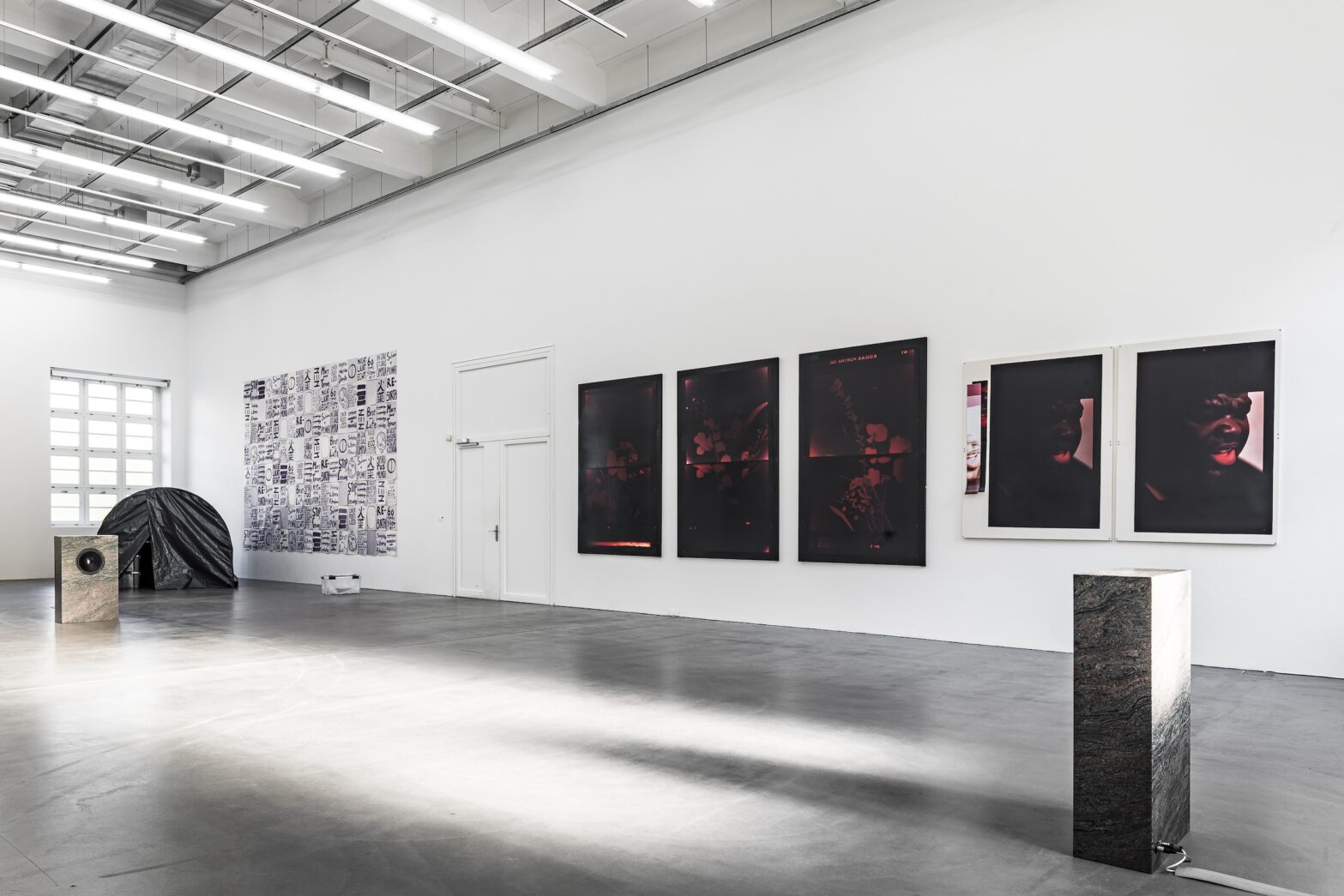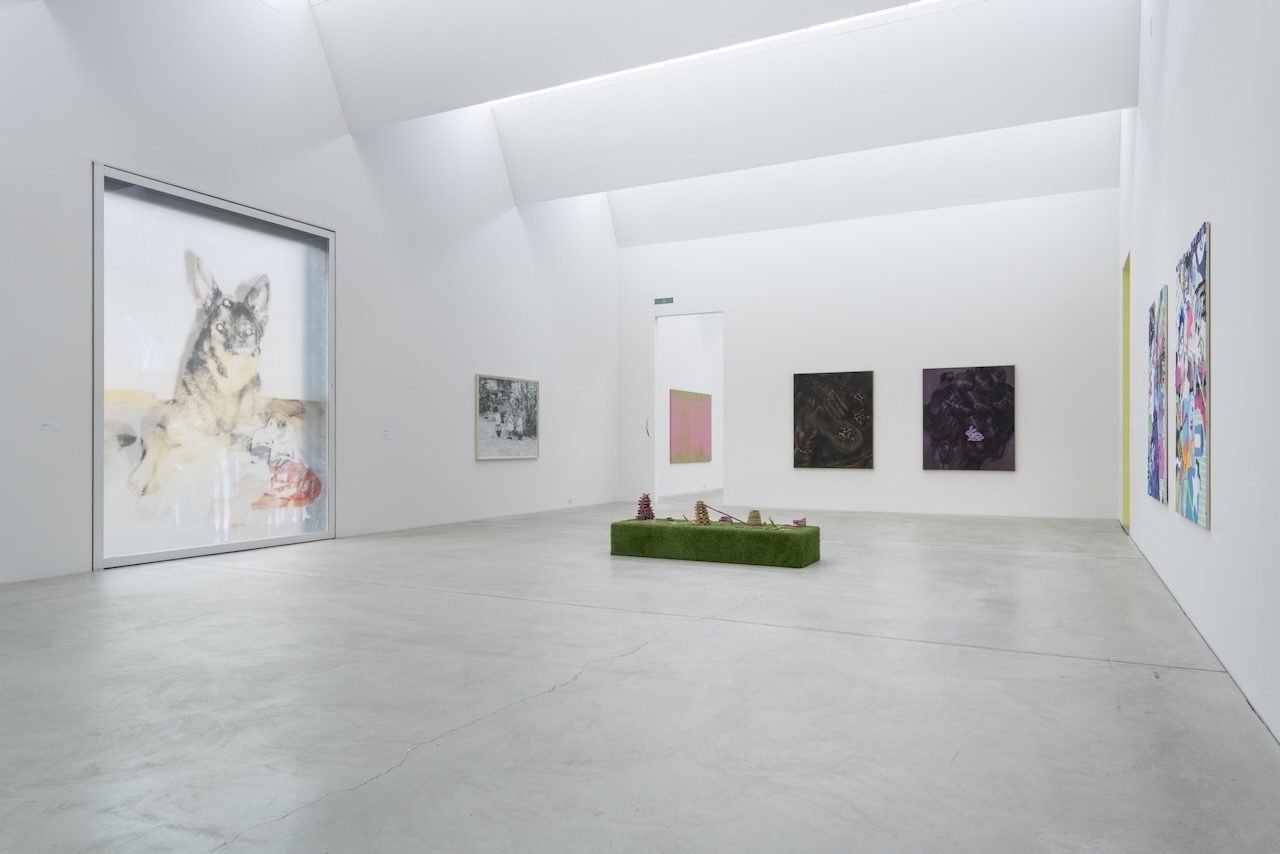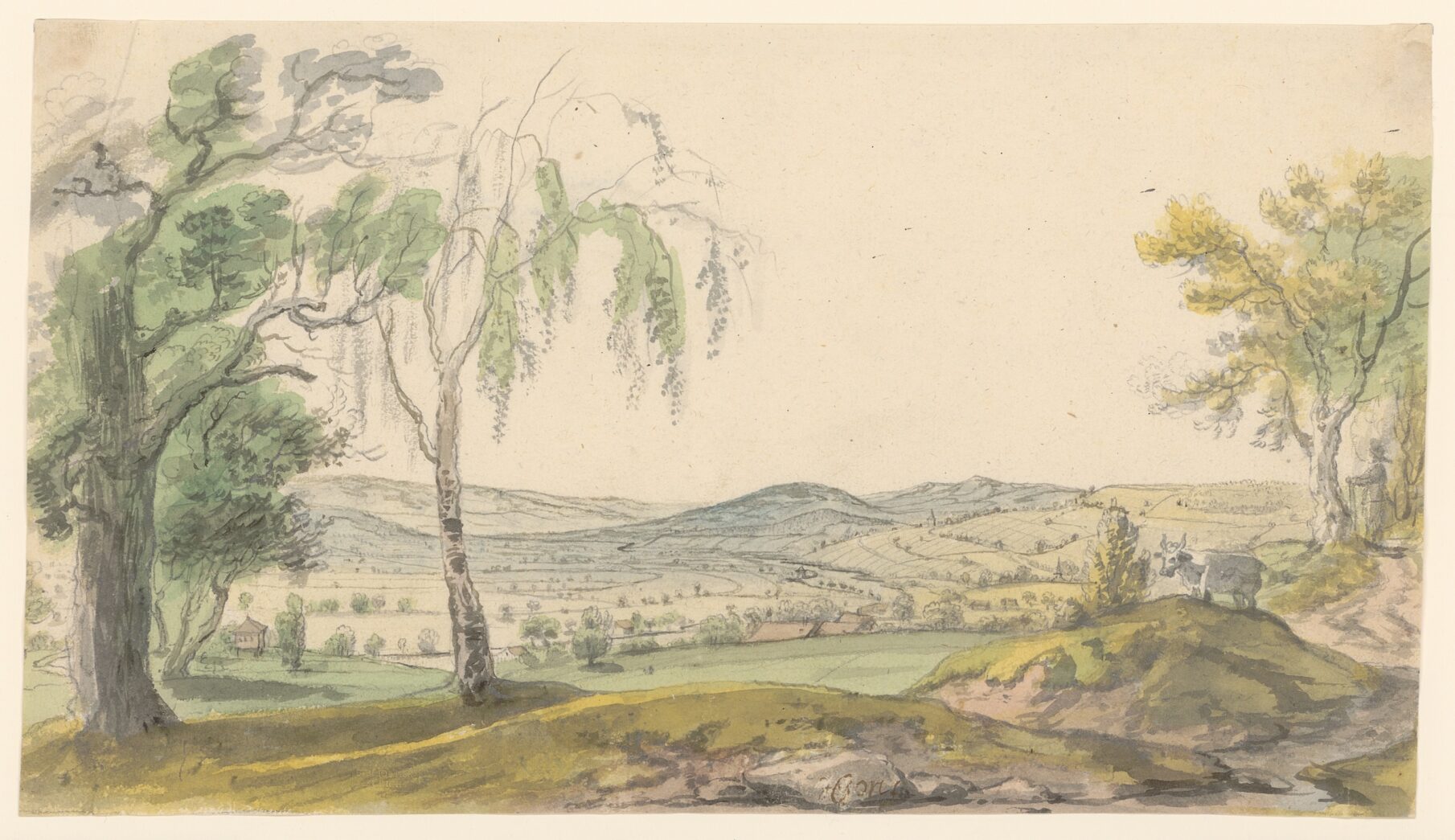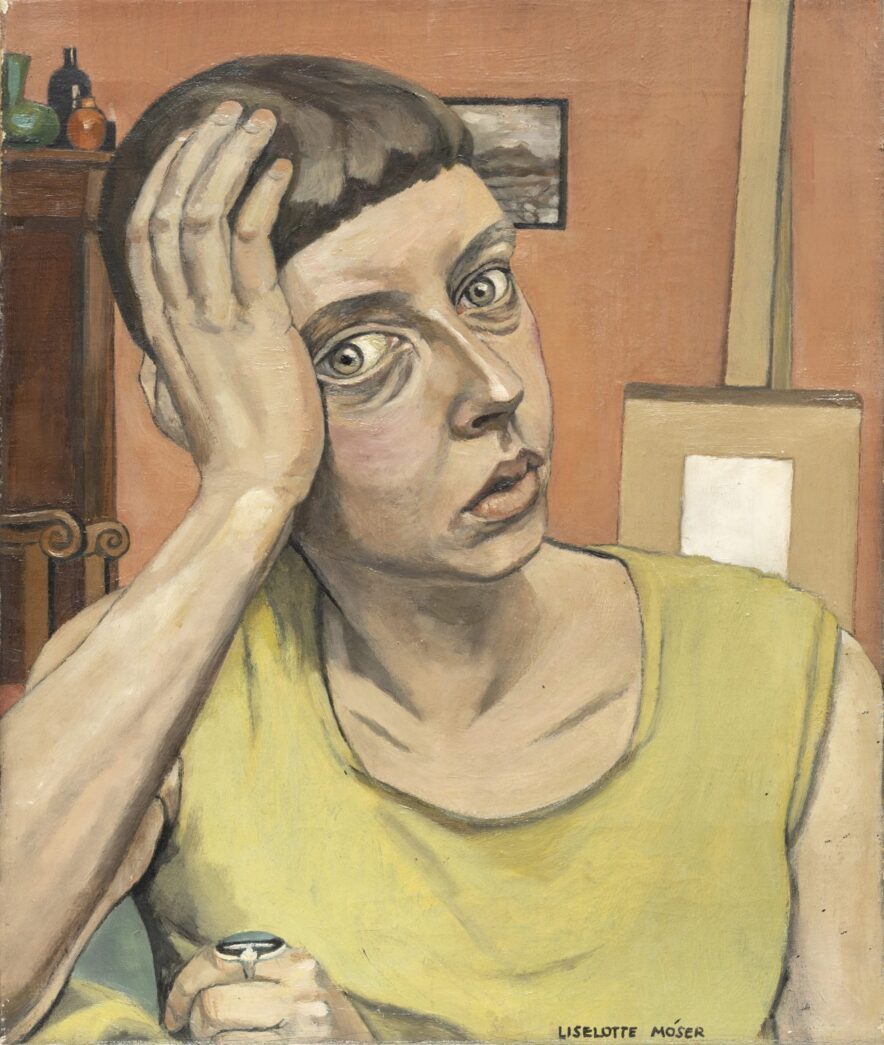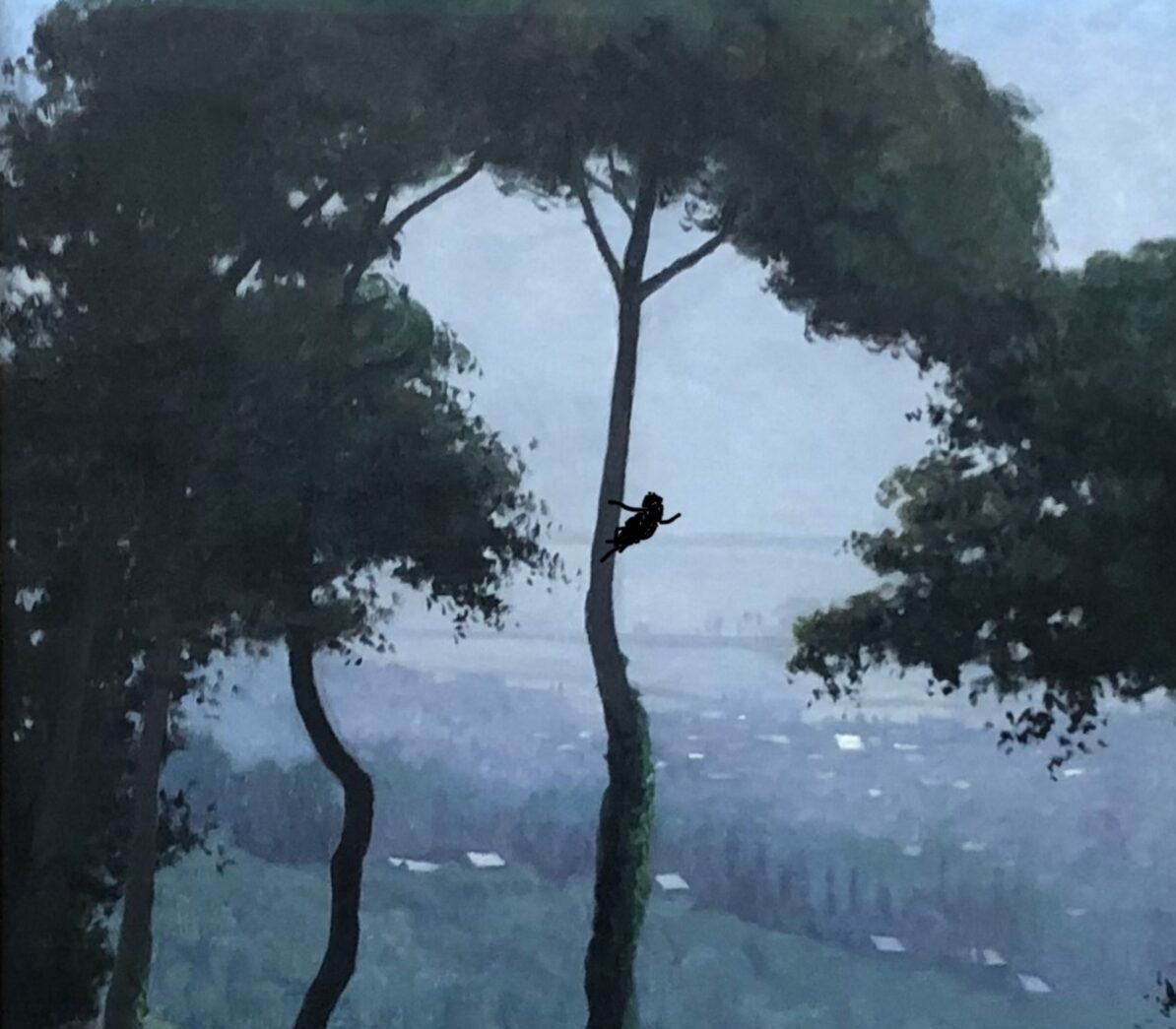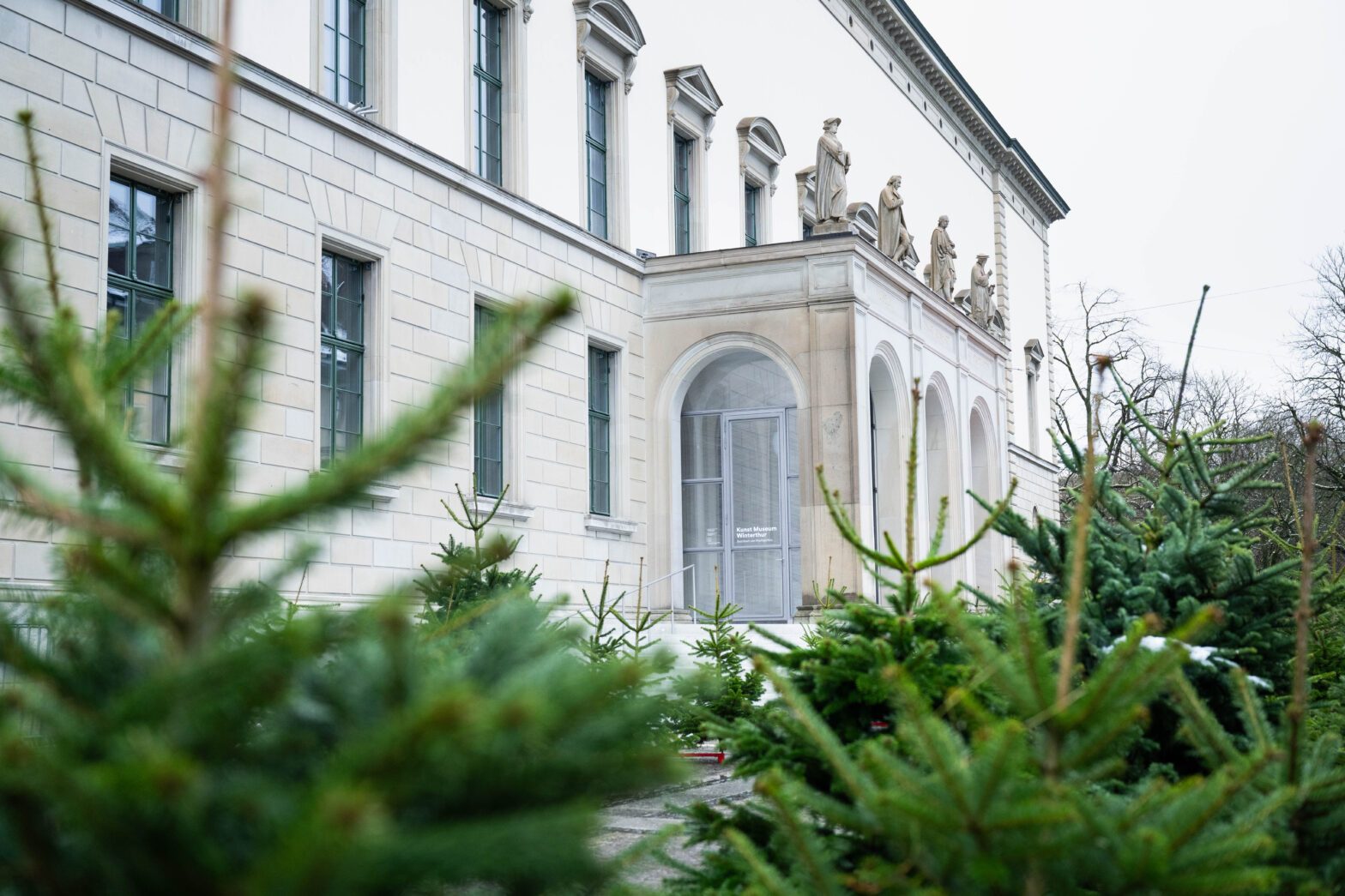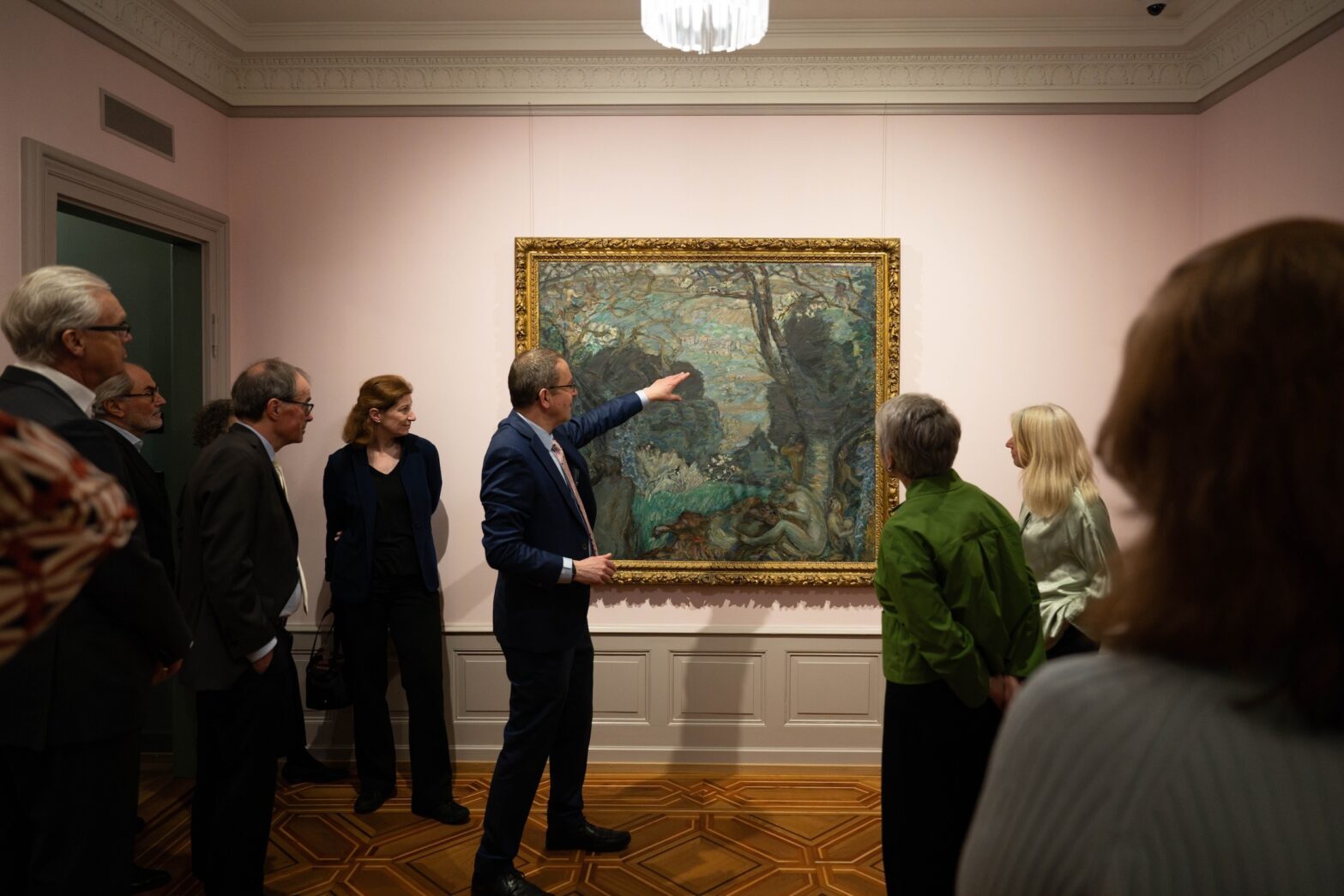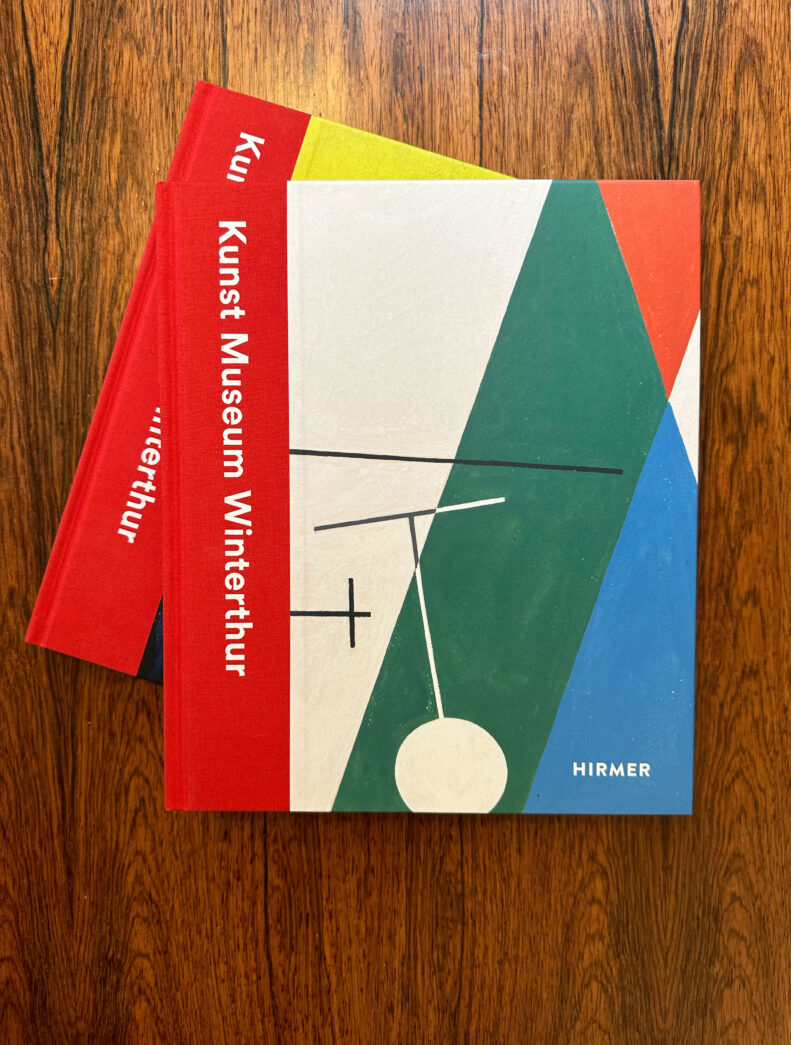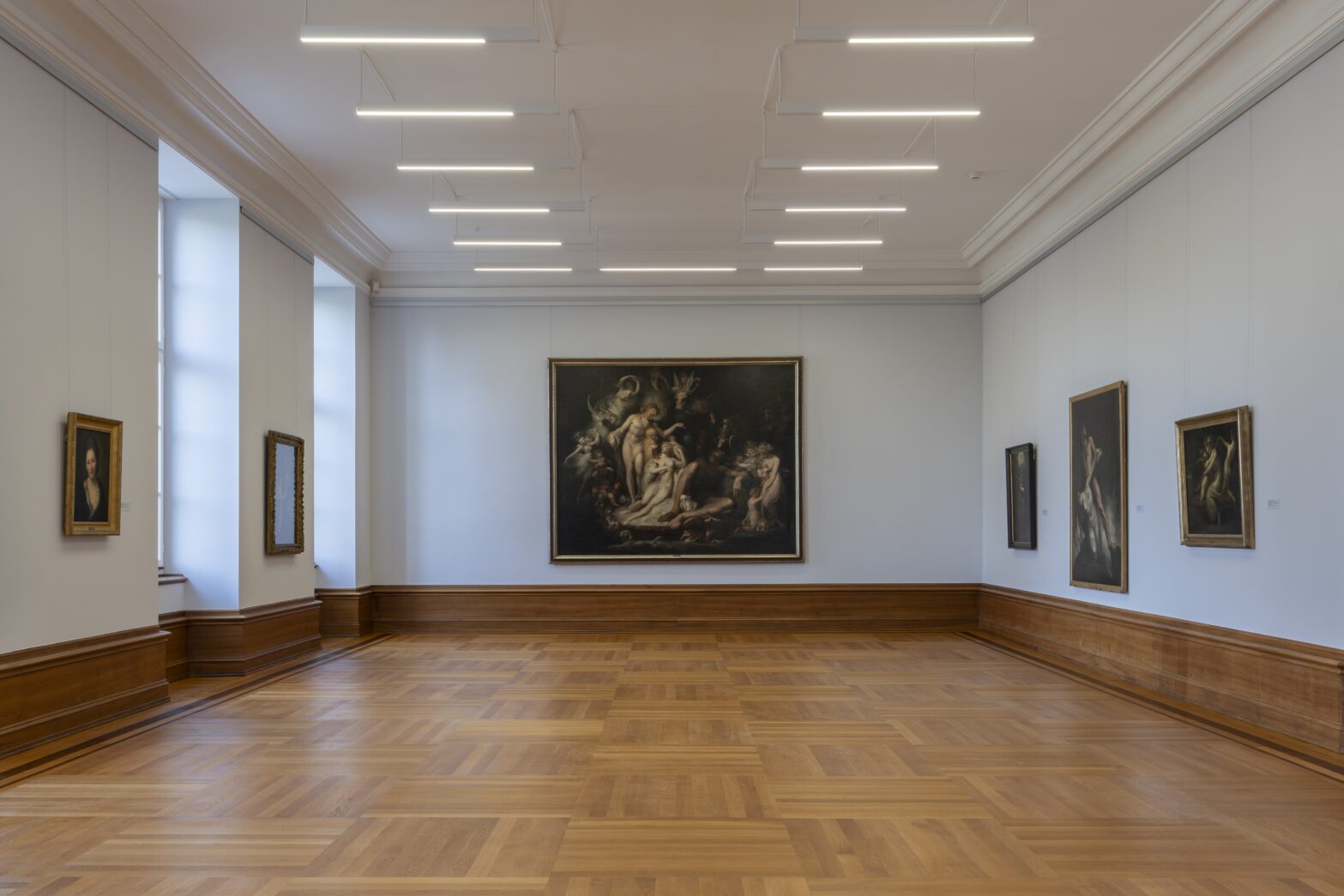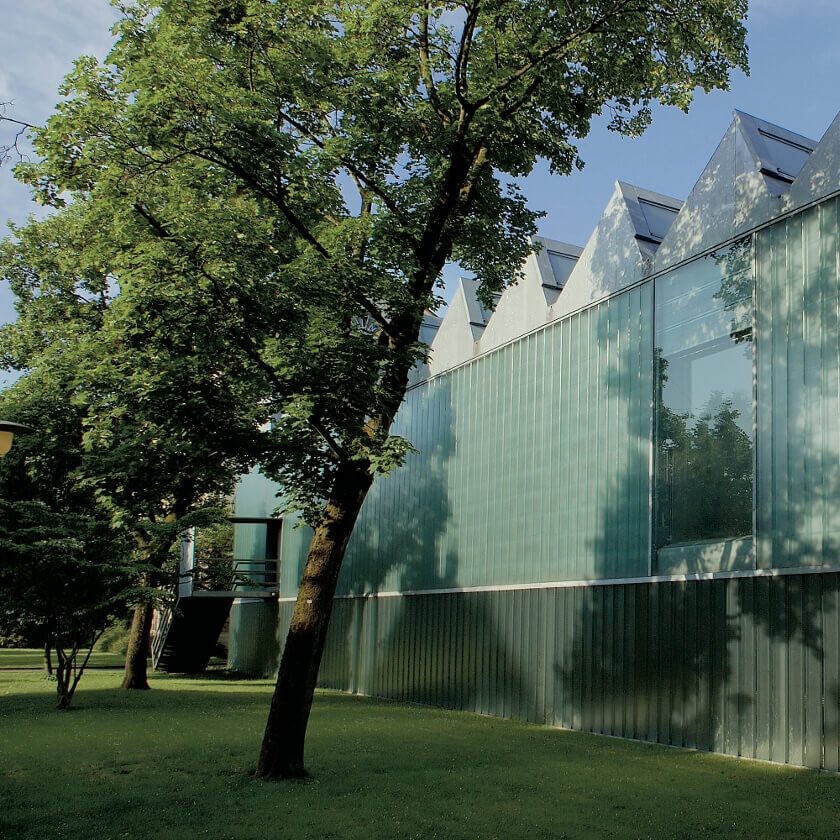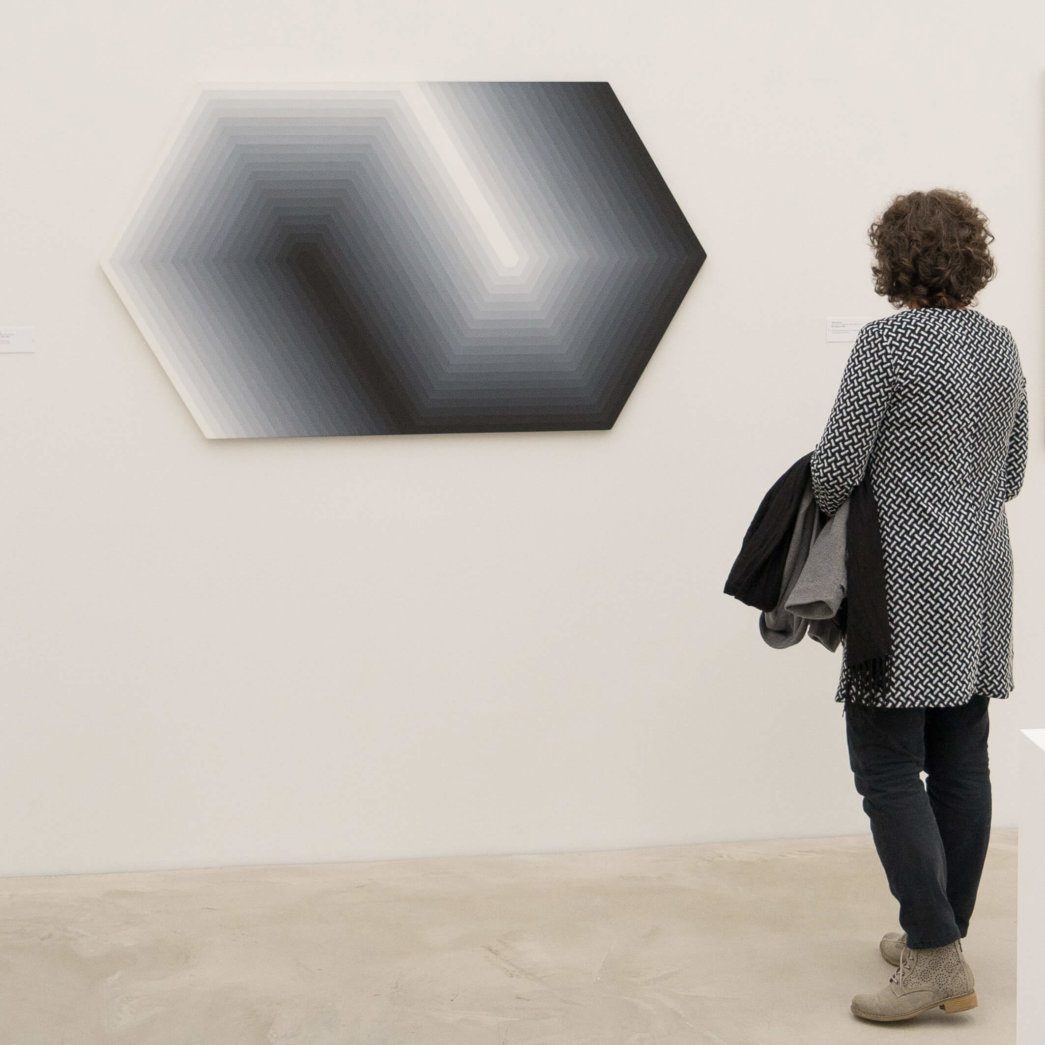Happy holidays!
We will be open during the holidays as follows:
24 December 2025: All locations 10 a.m. – 4 p.m.
25 December 2025: All locations closed
31 December 2025: All locations open from 10 a.m. to 4 p.m.
1 January 2026: All locations closed
2 January 2026: All locations open from 10 a.m. to 5 p.m.
Current Exhibitions
Events
News

Hoisted from the pit: the gallery association's latest acquisition
10.07.2025
At this year's general meeting of the Galerieverein, a vote was taken on the purchase of works by Tony Oursler. To the great delight of all involved, three works from the current exhibition Hoisted from the Pit were acquired: Nephilim and the two works DMEz*l and che^^trails, which together form an immersive room installation.
MEHR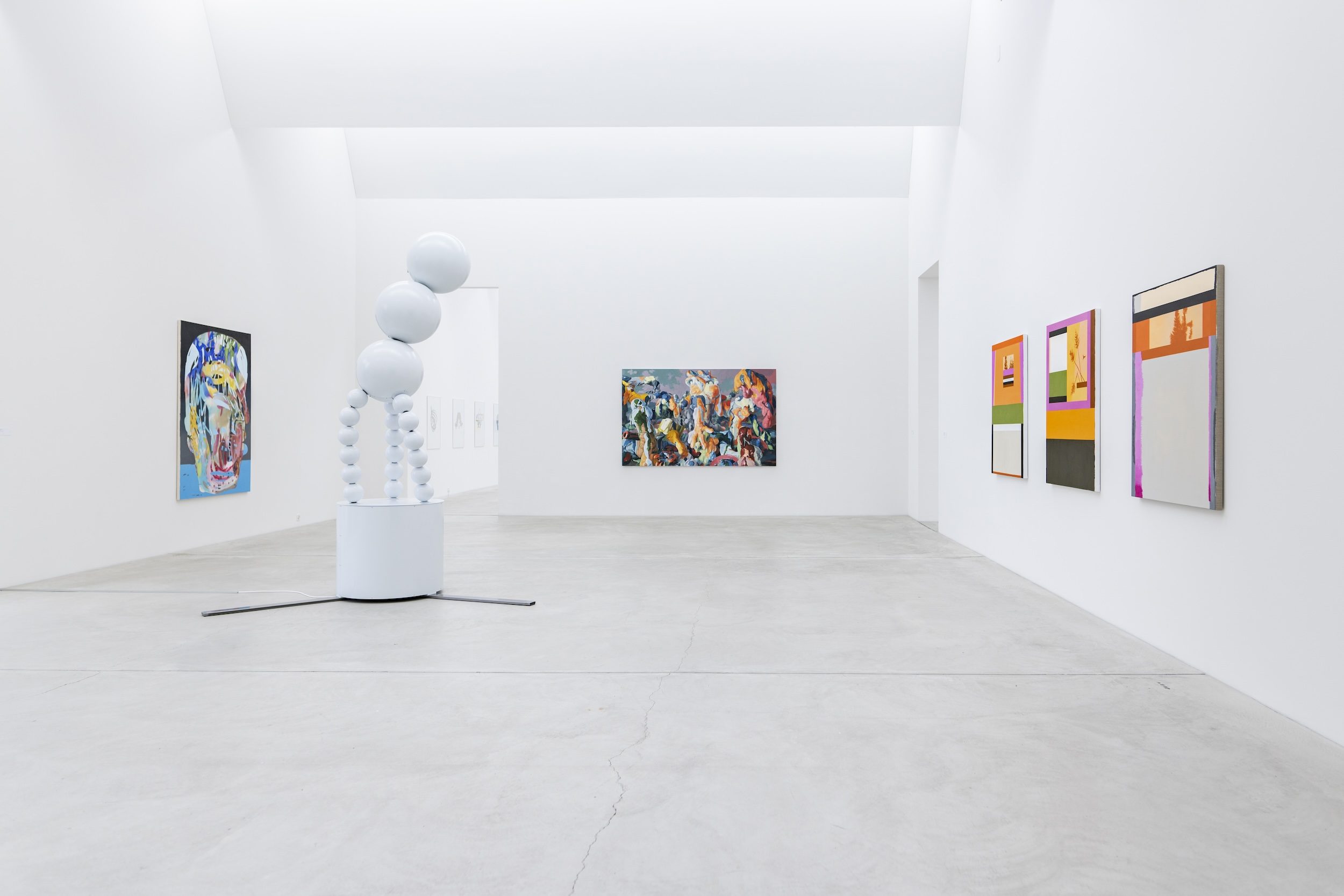
Call for entries for December exhibition: Overview 2025
02.07.2025
The Kunst Museum Winterthur and the Kunsthalle Winterthur are organising the December exhibition 2025 in collaboration with the Winterthur Artists' Group. Applications to participate are now being accepted. The deadline for registration is 25 August 2025.
MEHR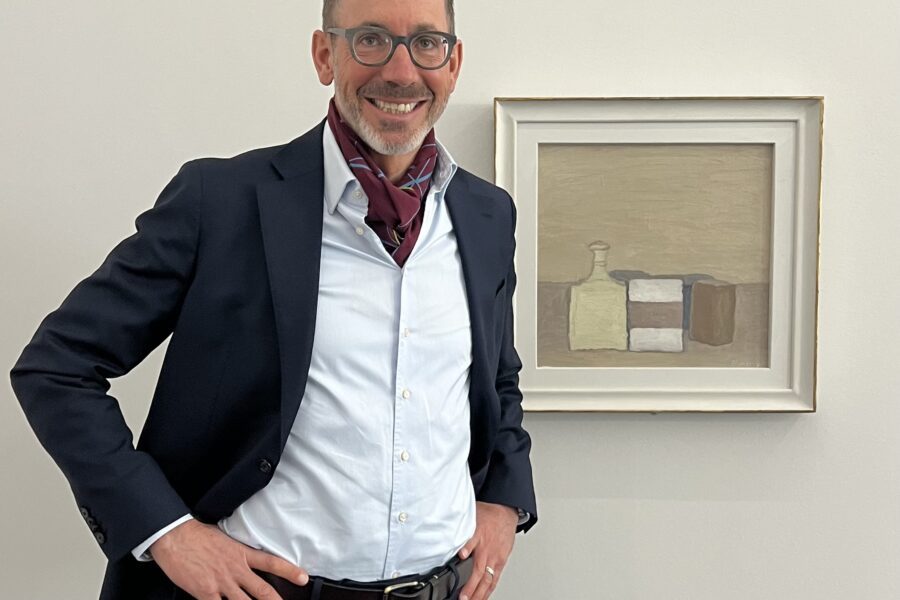
Portrait Series Galerieverein
02.04.2025
In this post of the members' series, the Galerieverein portrays Stefan Brunnschweiler. The vice president of the association has always felt connected to the Kunst Museum Winterthur. In this article, he introduces his favourite artist Giorgio Morandi and explains why he enjoys being involved in the Galerieverein despite his busy schedule.
MEHR

